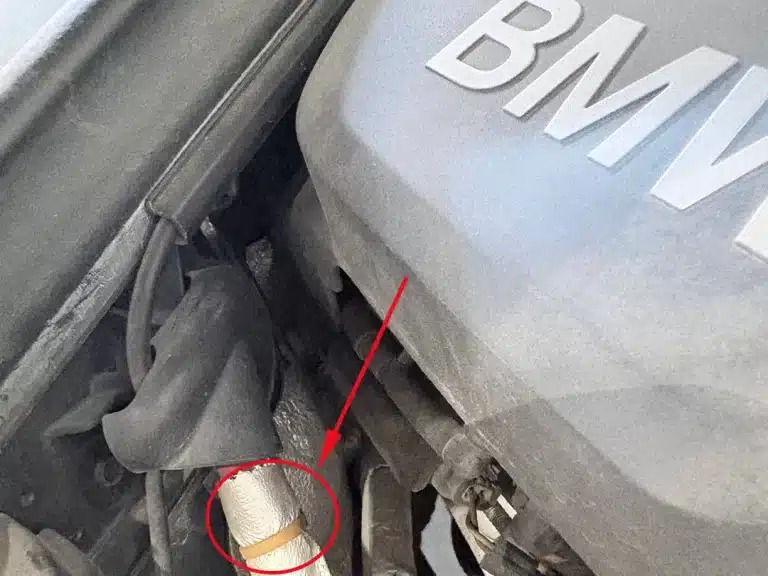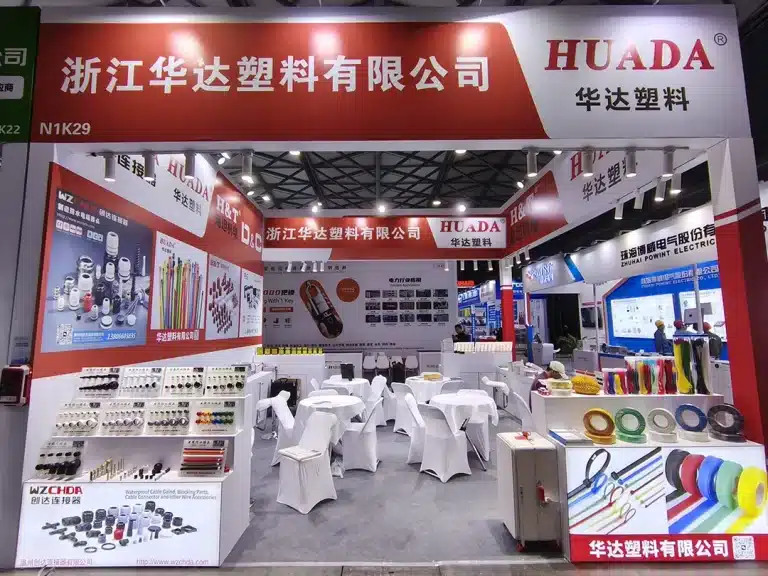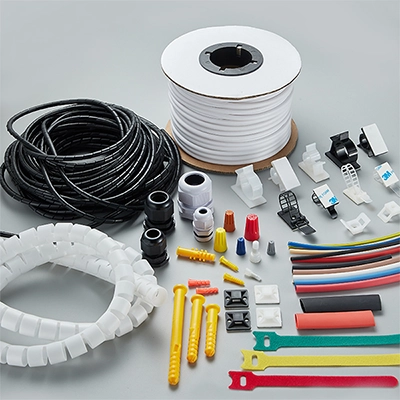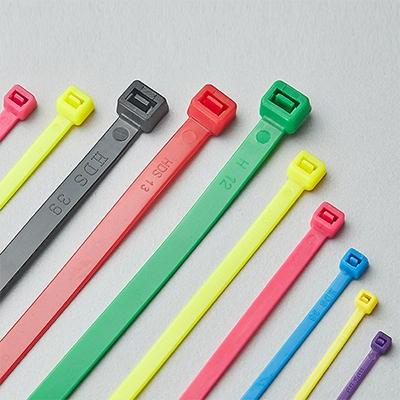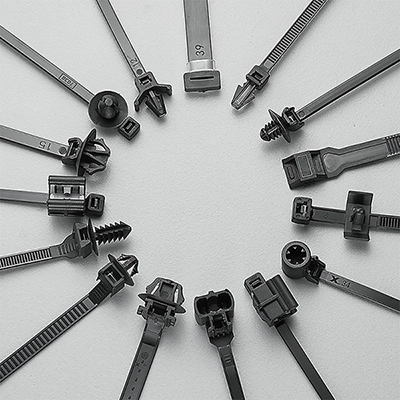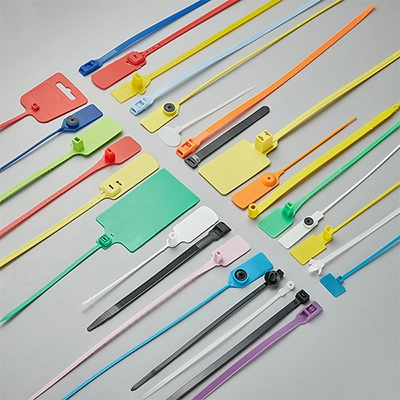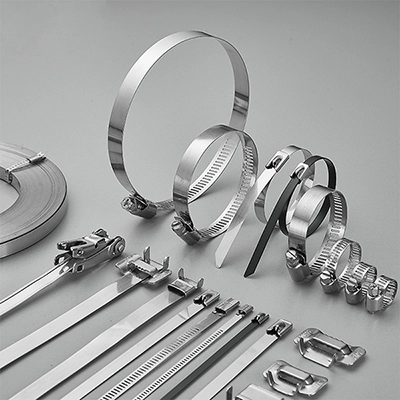Airplane first aid kits are sealed with cable ties — not for decoration, but as part of the airline’s safety management system. The tie ensures that the kit remains sealed and complete, preventing accidental use and helping crew members quickly check whether it has been opened.
If you look closely above the flight attendants’ seats, you’ll see a white box labeled “FIRST AID KIT – AFAK. DONT OPEN RUT ROR EMERGENCE!” That small white tie may seem insignificant, but it plays an important role in maintaining both cabin safety and operational order on every flight.
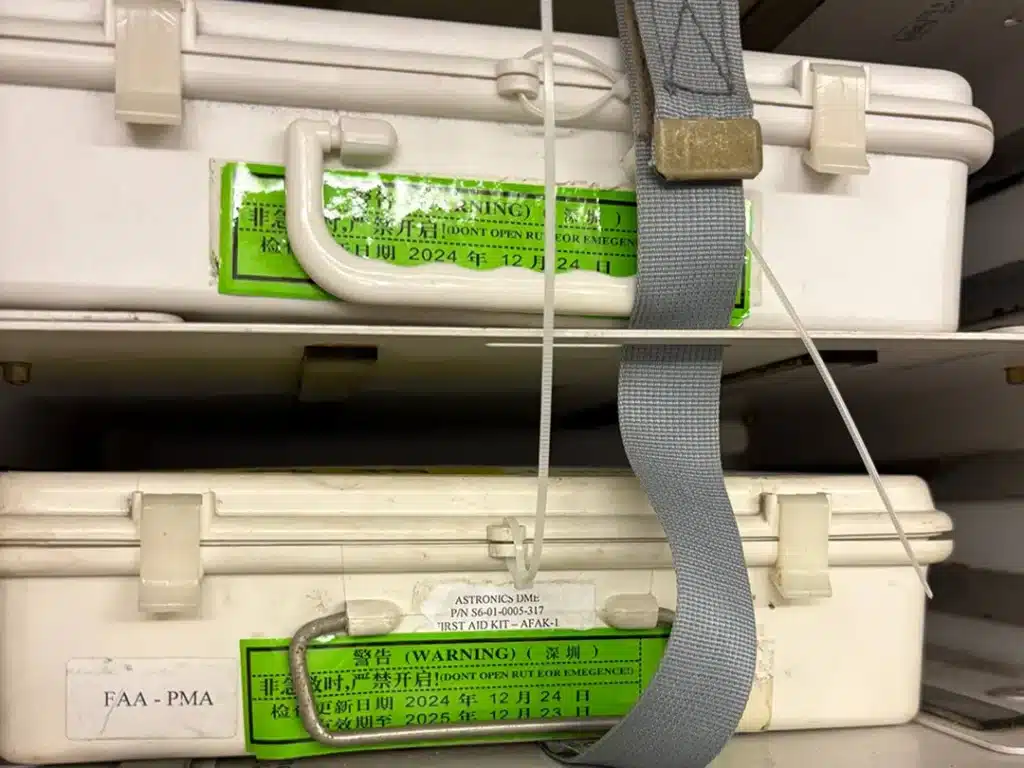
Why Are Cable Ties Used in Airplane First Aid Kits?
An airplane first aid kit is not just an ordinary medical bag. Inside are not only bandages, antiseptics, and tourniquets, but also specific medicines and professional emergency tools for handling fainting, injuries, or sudden cardiac events during flight.
Without a seal or tamper-proof device, curious passengers might open the box or remove items, leaving the crew without critical supplies when an emergency actually occurs — something absolutely unacceptable in aviation safety management.
That’s why, before every flight, crew members check whether the first aid kit’s seal is intact to ensure that nothing inside has been touched. This is where nylon cable ties come in:
- Prevent tampering before it happens: They stop anyone from opening the kit in non-emergency situations, keeping the contents sterile, complete, and ready for immediate use.
- Enable quick visual inspection: Once cut, a cable tie cannot be restored. Any sign of tampering is instantly visible. During pre-flight checks, flight attendants only need to glance at the tie to confirm that the kit is still sealed.
In aviation, such a small piece of plastic might seem insignificant, yet it plays a crucial role in maintaining the integrity of the safety chain on every flight.
Why Airlines Choose Nylon Cable Ties Over Stickers or Seals?
In the highly detail-oriented world of aviation, every component is chosen with care — even something as small as the seal on a first aid kit.
Safety, weight, and reliability all have to be considered. So why do airlines use nylon cable ties instead of stickers, lead seals, or paper labels?
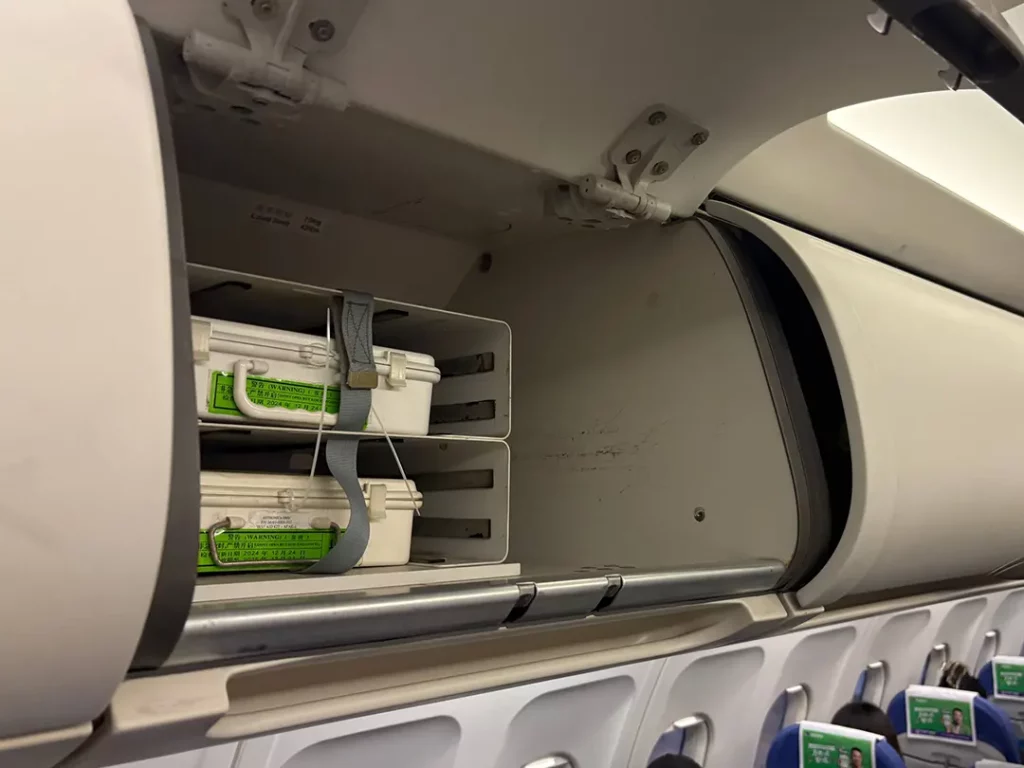
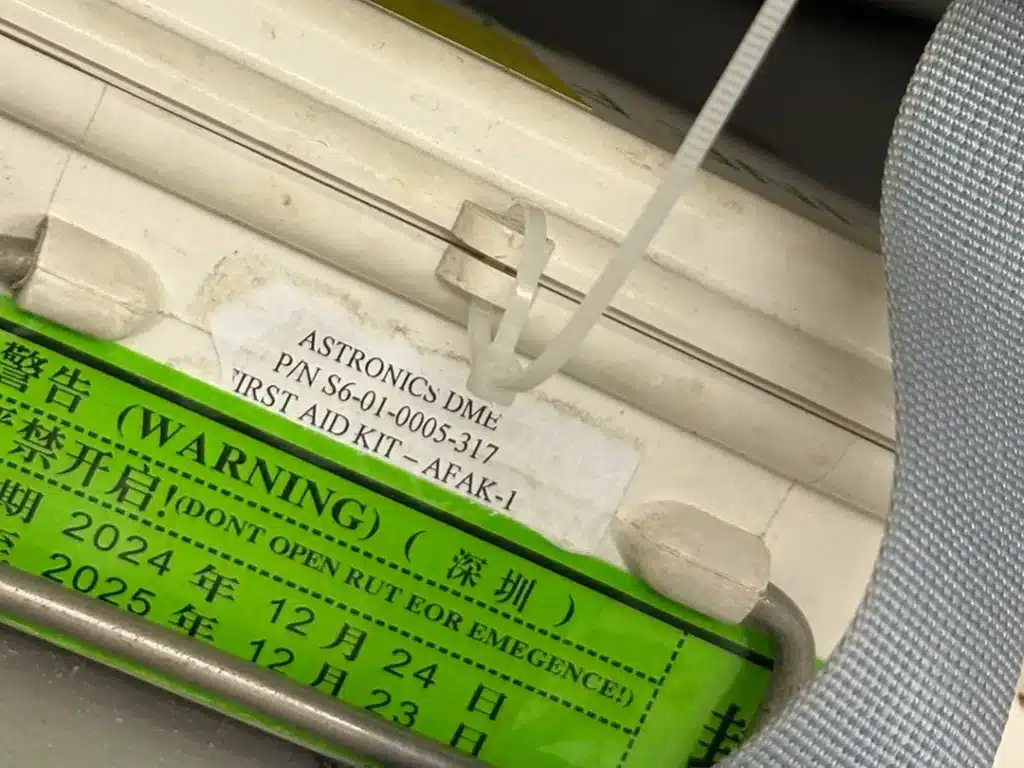
The reasons are simple and practical:
- Lightweight design:
Every gram counts on an aircraft, since extra weight means higher fuel costs.
A single nylon cable tie weighs less than one gram but holds firmly in place, perfectly aligning with the aviation industry’s goal of weight reduction. - Strength and stability:
During flight, vibration, pressure changes, and temperature fluctuations can easily cause stickers to peel off.
In contrast, nylon cable ties are resistant to wear and tension, ensuring they won’t loosen or snap. - Tamper-evident design:
Once cut, a cable tie cannot be restored, making it easy to see whether the seal has been tampered with. - Easy maintenance, low cost:
Securing one takes only a few seconds, and removing it is just as fast — simply cut and replace.
For airline maintenance crews, this is the most efficient and standardized solution.
In short, what seems like a small choice — a simple nylon cable tie — reflects the aviation industry’s constant pursuit of safety, precision, and efficiency.
How Cable Ties First Took Off in Aviation?
Cable Ties Were Originally Designed for Aircraft
Many people don’t realize that the nylon cable ties we now see everywhere — on construction sites, in electrical boxes, and even for home cable management — were actually invented for airplanes. (See also our article: The History of Cable Ties.)
In 1958, the American company Thomas & Betts introduced the first-generation cable tie, the Ty-Rap®, to solve a very specific problem in aircraft manufacturing: too many wires and not enough time to organize them.
The nylon material was lightweight, non-conductive, and strong enough to handle both heat and vibration — exactly what aircraft assembly required.
From that moment on, cable ties became closely linked with the aviation industry. Over time, this simple but effective fastening tool spread to other sectors — from automotive and power systems to construction — and eventually into everyday life.
So when we see a nylon cable tie used to seal an airplane’s first aid kit today, it’s actually continuing the same design philosophy that started it all.
From cable bundling to safety sealing, cable ties have always played a simple yet vital role in aviation.
Conclusion
The use of cable ties to seal first aid kits may look like a small detail, but it’s a very practical one. They prevent the kit from being opened by mistake and allow flight attendants to check its status at a glance before every flight — simple, efficient, and reliable.
What’s even more interesting is that cable ties were originally born from the aviation industry itself. From their first use in organizing aircraft wiring to their modern role in safety sealing, the purpose has stayed the same: to keep things orderly, efficient, and under control.
Today, whether on airplanes, in cars, or across factories and construction sites, cable ties have become one of those quiet essentials — rarely noticed, yet always ready to do their job when it matters most.

